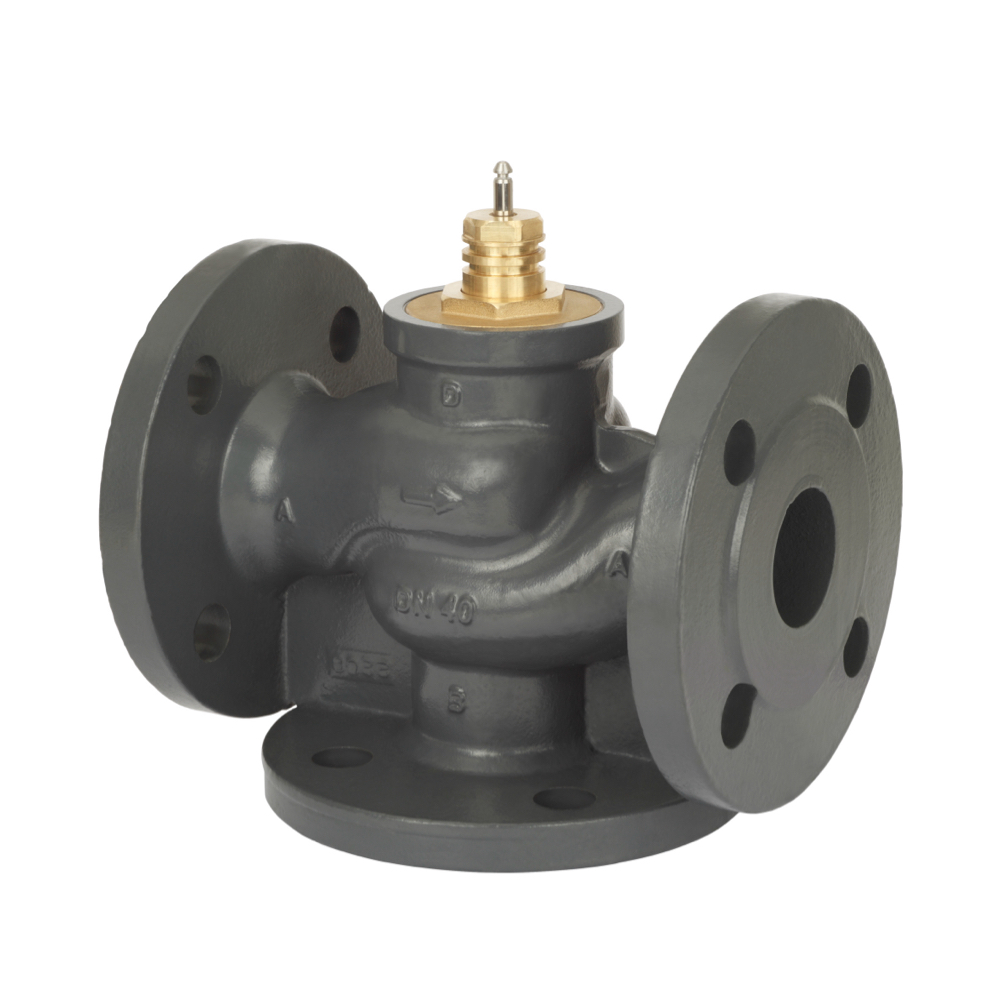Please do not block ads on our site. Clicks on ads help us exist, grow and become more useful for you!
Three-way valve with an electric actuator

Three-way valve with electric actuator is a pipeline fitting designed for qualitative and quantitative regulation. Three-way valves serve as an executive device in automation schemes of building heating systems.
The valve is controlled by an electric actuator, by a signal from an electronic controller, or from a central control system.
The operation of the three-way valve is based on the creation of circuits with a constant and variable hydraulic regime in the circulation loop by separating one flow or mixing two flows of the heat carrier.
Application areas
- In autonomous boiler houses, three-way valves are used to control heating and hot water supply systems.
- In schemes for connecting supply and exhaust installations, three-way valves are used to control the process of heating and cooling air.
- In household two-circuit boilers, the three-way valve switches the heat carrier supply to the circuit with higher priority, for example, for peak water heating or covering the heating load.
- In heat substations connected to centralized heating networks, the mixing three-way valve did not find wide application due to the impossibility of limiting the flow rate of the heat carrier while maintaining the mixing coefficient, and the separating three-way valve - due to the passage of the heat carrier from the supply pipeline to the return pipeline.
Similar names
- Mixing valve
- Flow separation valve
What can it be replaced with
The three-way valve can be replaced with two two-way valves that work reversibly.
In some schemes, one two-way valve can be used to mix the flow.
469






 Catalog of
Catalog of 
